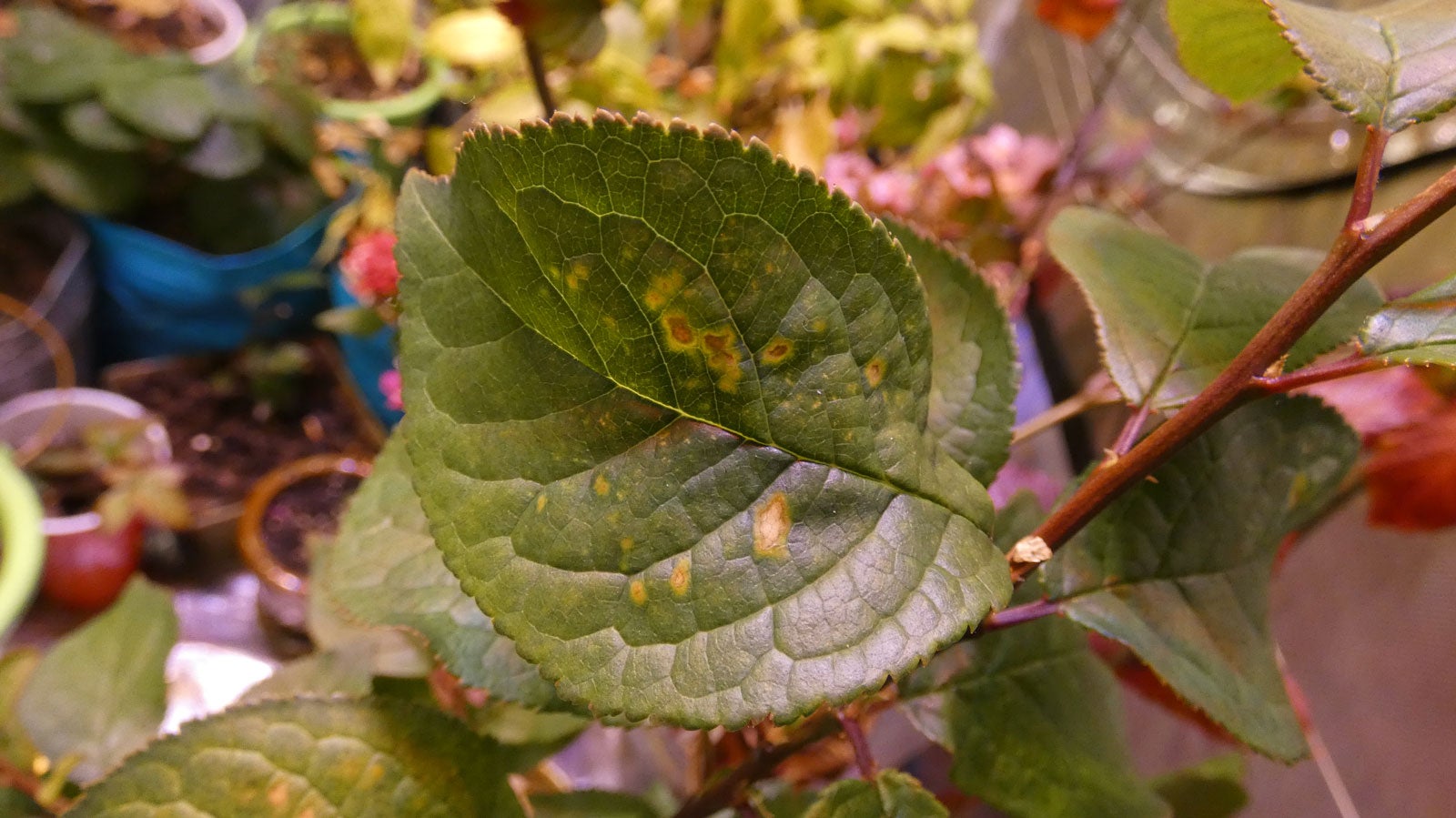Plum Bacterial Spot Treatment – Managing Bacterial Spot On Plums


Bacterial spot is a disease that attacks stone fruit, including plums. It is found throughout fruit-growing states in the eastern half of the country, affecting a fruit tree’s leaves, twigs, and fruit. If you have or plan to have plum trees in your home orchard, you’ll want to learn about bacterial spot on plums. Read on for information about plums with bacterial spot and tips for controlling plum bacterial leaf spot.
Plums with Bacterial Spot
Plums are not the only fruit susceptible to bacterial spot. The disease also affects nectarines, apricots, prunes, and cherries. Severe infection can result in poor quality fruit and even devastating fruit loss. Ornamental trees can also get this disease. Bacterial leaf spot on plums is caused by Xanthomonas, a bacterium that thrives in rainy summer weather– typical summer weather in many regions. Currently, there is no effective plum bacterial spot treatment.
Symptoms of Bacterial Spot on Plums
The first symptoms you may see on plums with bacterial spot are numerous tiny leaf spots. They begin as water-soaked circles, but quickly develop into deep purple or brown lesions. The dry centers often tear away leaving a shot-hole or wind-torn effect. That’s why bacterial leaf spot is also known as bacterial shot-hole. Bacterial spot on plums also attacks small twigs as well as fruits. This makes the fruit unappealing to eat and severely reduces the quality too.
Plum Bacterial Spot Treatment
You can control bacterial spot in some types of fruit trees by applying the antibiotic oxytetracycline. However, products containing this substance are not labeled for use on plums with bacterial spot. This means that there is no effective plum bacterial spot treatment. While chemical control has not been effective, you can try controlling plum bacterial leaf spot with cultural practices. Providing your plum trees with good care is important, including all the nutrients they require to thrive. Vigorous trees are not as susceptible to the disease as stressed or neglected trees. Any cultural practice that makes the fruit and foliage of the plum tree dry faster reduces the risk of infection. For example, trimming the inside branches to allow sun and wind in the canopy can help prevent this issue.
Sign up for the Gardening Know How newsletter today and receive a free copy of our e-book "How to Grow Delicious Tomatoes".

Teo Spengler is a master gardener and a docent at the San Francisco Botanical Garden, where she hosts public tours. She has studied horticulture and written about nature, trees, plants, and gardening for more than two decades, following a career as an attorney and legal writer. Her extended family includes some 30 houseplants and hundreds of outdoor plants, including 250 trees, which are her main passion. Spengler currently splits her life between San Francisco and the French Basque Country, though she was raised in Alaska, giving her experience of gardening in a range of climates.